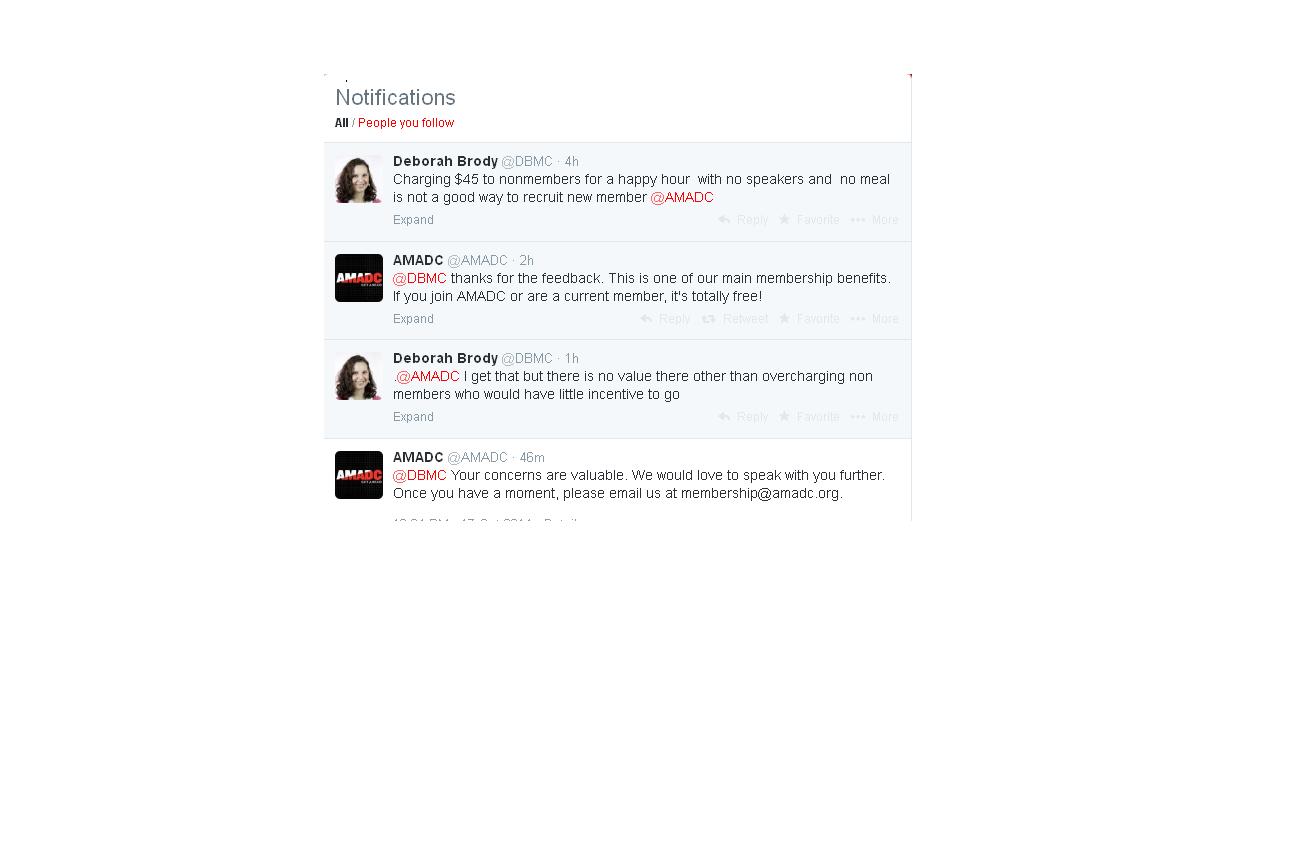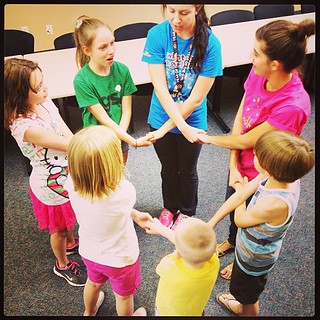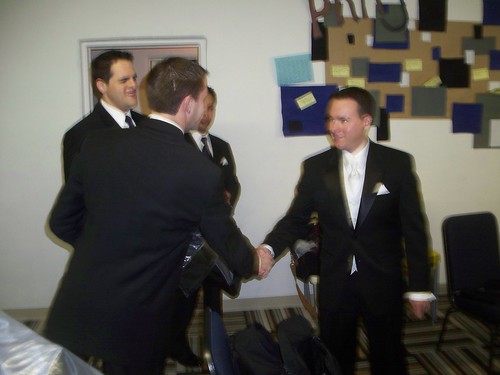Business networking is a form of marketing communications
Last week, I attended the Women & Business: An Atlantic Exchange, which was an event showcasing women’s business concerns organized by The Atlantic magazine. One of the segments included an interview with Melanie Whelan, CEO of SoulCycle, a boutique indoor cycling studio.
Ms. Whelan spoke at length about the SoulCycle culture and its business model. Soul Cycle concentrates on providing a special experience to its customers, where they feel part of a community. She said that SoulCycle has never advertised, instead relying on satisfied users to become brand ambassadors, to discuss their positive experience with friends and in social media, promoting the company. In this way, SoulCycle has grown from being a one-of studio on the Upper West Side of New York to having several studios in many large metropolitan areas.
Ms. Whelan offered several interesting insights about her company’s corporate culture, brand experience and market growth, and it’s worth watching her presentation:
Word-of-mouth marketing
Over and over, you hear businesses claim that their best marketing is word-of-mouth and/or referrals. In SoulCycle’s case, it seems that word-of-mouth marketing has paid off in spades.
And yet, at this very forum, which was intended both to help women entrepreneurs get some solid information and to network with each other, I saw first hand how hard it is for most people to network and connect with each other.
Networking can be hard for some
There were women who seemed very shy, and couldn’t seem to even smile or even look at strangers.
There was a woman with bad body odor. Whether or not she was aware of the issue, I am not sure, but I would think many people steered clear of her.
There was a woman, standing next to me at the buffet line, who barely acknowledged an ice breaker comment I made. Even after being given an easy way to chat, she refused to do so. I am not sure if it was lack of interest or shyness or perhaps she was just hungry.
Then there was the socially awkward woman I sat down next to inside the auditorium. She dropped her papers and I picked them up and handed them to her, and she didn’t even acknowledge me or thank me. She then started taking notes off my printed agenda, without so much as a word or an “excuse me, but may I see your agenda.” And even worse, she kept falling asleep and leaning on me. Seriously.
But networking is an essential business skill
Then there was a woman who smiled, shook hands and introduced herself, making it easy to converse. She understood the power of networking. As she said to me, networking isn’t about closing a sale, but rather about meeting people who will remember you and perhaps refer to you later on when a need arises for them or in their circle.
Networking is the most basic form of marketing communications. It’s your opportunity to introduce yourself and your business on a personal, one-to-one level. It is an essential part of business and professional development.
It’s not easy for most folks, myself included, to walk into a room full of strangers and just chat it up. But there are ways to make it less intimidating.
Think quality versus quantity. You don’t have to meet everyone in the room. If you meet one or two people, and get to know them, you will be doing well.
Think about what you do and how to best communicate it. It’s easy to get stuck in thinking everybody understands what you do, but chances are good that they won’t. Think of a simple way of introducing yourself and your business, and that allows for questions to follow.
Understand that other people in the room are just as uncomfortable as you are. A smile goes a long way in making people relax.
If you are still having trouble connecting, perhaps you should consider some outside help. Perhaps you can hire a business coach to help you refine your approach and to give you pointers.
How do you network? What works best for you? Please share in the comments.


